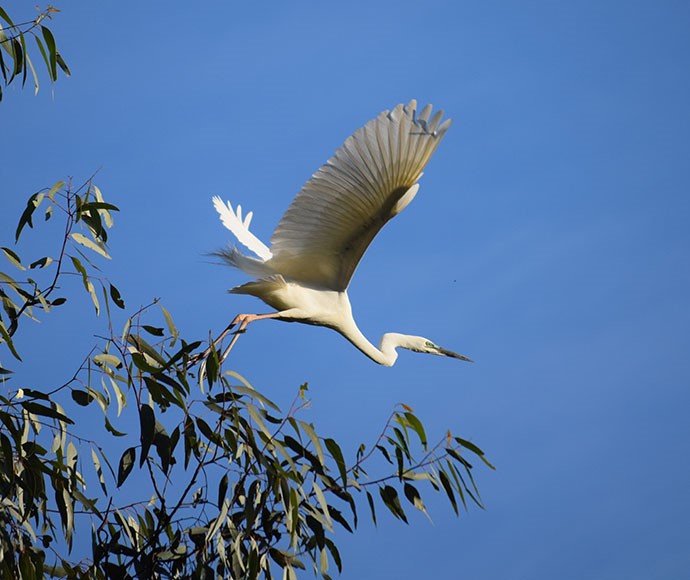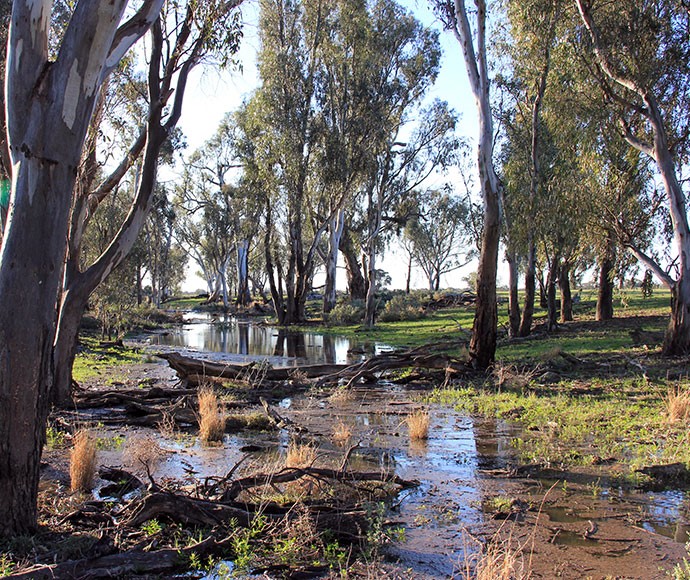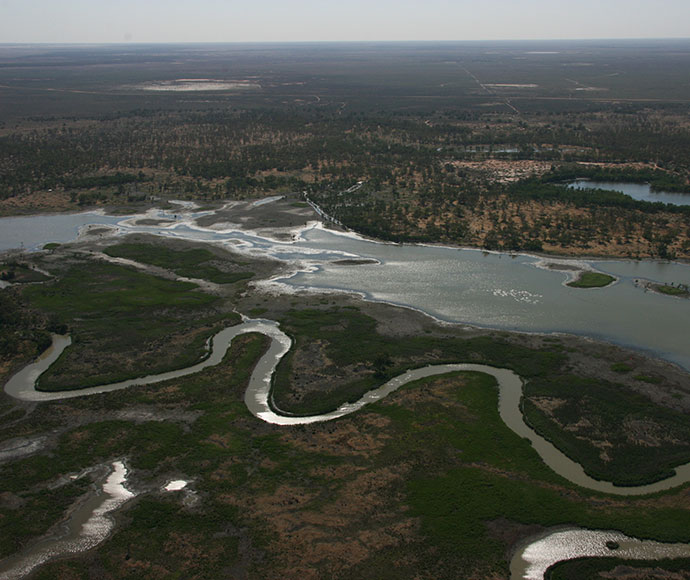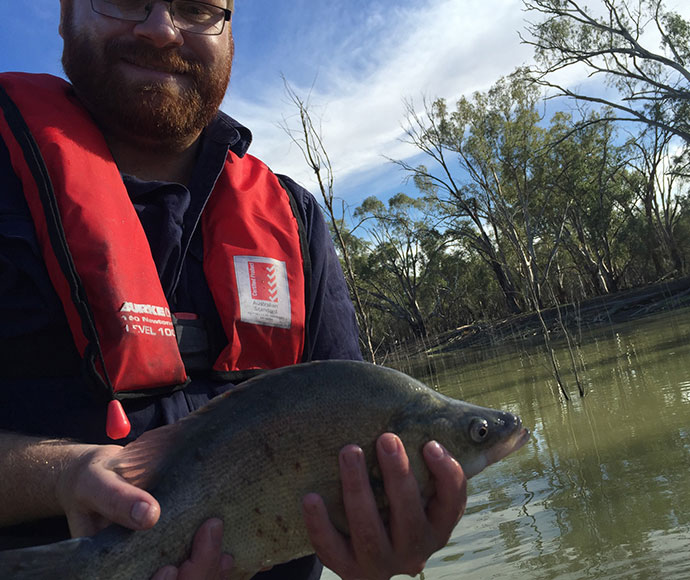Long-term water plans (LTWPs) for 9 river catchments in New South Wales have been finalised. After an extensive consultation process, the completed plans are now available online.
The plans draw together local, traditional and scientific knowledge to guide the management of water for the environment over the longer term.
The plans aim to improve the way water is managed to maximise river and wetland health outcomes from all available water within and between catchments. They set objectives, targets and watering requirements for key plants, waterbirds, fish and system functions over 5-, 10- and 20-year timeframes.
The plans inform the work we do to deliver water for the environment.
The Department of Climate Change, Energy, the Environment and Water will test and revise the documents over time as part of a process of continual refinement and improvement.
Search the long-term water plans
Environmental water requirement assessment code
The NSW LTWPs contain environmental water requirements (EWRs) for each long-term water plan area.
The NSW long-term water plan EWR assessment code document provides an outline of the technical details of the EWR_tool (assessment code) and how the EWRs are evaluated.
Background information document
NSW LTWPs bring together information from a range of planning material, scientific literature and expert opinion. This varied and complex information has been interpreted and analysed to produce new information products and tools to support development of the plans.
The purpose of the background information document is to:
- describe the information sources that informed the development of the LTWPs
- describe how this information was interpreted and analysed
- outline the rationale behind the analyses, methods, assumptions and decisions that have underpinned the LTWPs
- provide a reference for future revision of the LTWPs.




